Energy efficient & Eco friendly swimming pools - are they even a thing?!
The current global situation puts renewed value on staying fit and healthy, and enjoying time with our families, mostly at home. In light of that, we’re going to assume that many people will want to relax in their own pool or spa, despite them not being very green, unless of course it’s a natural swimming pool.
Having a personal backyard pool or hot tub certainly has its upsides, but there are downsides as well. This guide page is our way of helping keep swimming pools as eco-friendly, attractive to use and economical as possible in terms of energy use for heating and general operation.
If you’re lucky enough to have a swimming pool or hot tub at home, then you’ll no doubt already know that they take quite a lot of maintenance and can be very costly in terms of heating and running costs even after they’ve been paid for.

Personally, I don't have a swimming pool now, but from times in the past I know how wonderful a swimming pool is to have at home. I also know first hand that looking after a pool can be time consuming, not to mention a money sucking nightmare unless you know what you’re doing!
I think I speak for most people when I say that a pool or jacuzzi tub would still be on the list when building the ‘ideal dream home’. I say that from an exercise point of view, but also the fact that you can throw some pretty awesome house parties. We realize that swimming pools are pretty near the top of the wish-list for many people in North America and the warmer parts of the world, we get it - so let's please use as little energy as possible and keep them as eco friendly as possible.
Interesting sidenote, Quebec in Canada is “pool central” of North America!
When we think "pool" we think "sunshine" - but Quebec of all places has well over 300,000 backyard pools, even more than Ontario (which has five million more people), and more than anywhere else in North America on a per-capita basis. They were popularized by an aggressive marketing campaign in the 90s that was centered around the tag line “skip one family holiday and enjoy a pool for 20 years”.
Quebec adds around 4000 pools every year, which has prompted the local energy provider Hydro Quebec to produce some very handy calculators to help you work out what the energy costs will be – one for calculating swimming pool energy costs here, and one for working out hot tub energy costs here.
As most of you reading are not in Quebec where power is very cheap, the differential cost of electricity will have to be factored in. But these are still a useful point of comparison for some of the following energy saving tips we’re going to share for home pool cleaning and operation.
Swimming pools and hot tubs really do devour energy!
Here’s one fact we unearthed - homes with swimming pools or hot tubs consume, on average, double the energy of homes without pools. Now that’s bad, very bad!
But the good news is, there are many ways to reduce swimming pool energy consumption as well as hot tub energy costs. The main way being, to build a more efficient pool from the start (and we will soon have an article on that, so be sure to sign up for free membership so you know when we publish it).
But as many swimming pools can be an impulse buy without great planning by people who opt for a staycation, below are a few nuggets of key advice so you can avoid hemorrhaging money on your utility bills just because you bought a pool or spa in haste.
Carefully aiming swimming pool jets saves energy and time
Firstly, here’s a free tip for reducing cleaning requirements for swimming pools, and saving time and energy in the process - aim the pool jets in a consistent direction to move water in currents towards the suction grids and skimmers.
In this author's experience, carefully aiming the jets in a 35ft x 16ft pool to create a circular current caused all the debris in the pool – pollen, leaves and insects with poor navigational skills - to one central point. This made for an easy clean up and saved time and energy on pumping and filtration.

This current also brought the surface debris around to the skimmers, which we fitted with "a washable skimmer sock system" to take out the maximum amount of larger debris.
The result of this simple little ‘pool hack’ meant we didn’t have to backflush our sand filter half as often, saving both energy and pool chemicals. This took a little experimentation and fine tuning of course, but once we got it right we were able to cut almost 6 hours a day out of our pump’s routine and an hour with the manual pool skimmer.
Buy and fit a good quality timer for pool filtration systems to save electricity
This tip is only for those without a heat pump for heating your pool water. If you do have a heat pump, then you’ll have to either put that on the same timer routine, or not use one at all, as they rely on the filtration pump pushing the water around in order to cycle the unit heating the water.
Otherwise, if you have solar panels for heating your pool, be sure to fit a thermostat and motorized valve arrangement to only circulate the water when it’s hotter in the solar accumulator than the pool, or it will work in reverse and cool your pool instead by radiating the heat out through the panels.
Again, this is speaking from experience here as an ex-pool owner who was blown away by how much our electricity bill skyrocketed after we had our pool installed. Fine-tuning everything that directly or indirectly used energy allowed us to use the pool for longer in the season, with greater comfort, and to save significant amounts of energy.
Purchase and use a pool cover and save on energy for heating.
If you have a swimming pool, it’s very likely that you will own a pool cover. If you don't, here’s why you should think about it being your next purchase. And, even if you do own one, you may not actually be using it properly so this tip is for you too!

As we explained in detail in our guide Heating a Swimming Pool - Top 10 Tips for Cost-Efficient & Eco-friendly ways to heat a pool, investing in a pool cover will prevent water evaporation, and it saves energy. You could save as much as 50% compared to pools that don’t get covered when not in use.
Having a pool cover though is only part of the story – you need to make sure you’re using it often, so we’d suggest that a decent pool cover roller is a good idea so its more less of a hassle. And be certain to place it with the bubble side to the water if it's one of those "bubble wrap" types of insulated swimming pool blankets.
Another disadvantage to not having a pool cover is that your pool gets exposed to sunlight, which in turn makes it a perfect environment for algae to grow. It also goes without saying that your pool will stay a lot cleaner, for longer, and you will avoid all the nasties such as dead bugs and bits of your garden floating around in there!
Efficient pool filtration systems save energy
Save electricity by making sure your pool filtration system works effectively and run your pool pump on shorter durations. This is an important one!
You’ll know you have a decent filtration system if your pool water is clear and clean, compared to a lousy filtration system where the water will be whitish and cloudy. If you have the latter, you will probably find that you’re having to clean for a longer period of time before getting the desired result, or worse still having to dump large quantities of pool chemicals in the water to keep it clear.
As we mentioned above, we had a lot of success with putting a pool sock system in our skimmers. But we used to get a lot of dog and kid hair, as well as pollen in our pool, so this pre-filtered all that out and kept the sand filter pressure lower, which dictates when a backflush is needed. Backflushing is bad for at least 3 reasons:
- Backflushing wastes water
- Backflushing wastes chemicals and puts them into the water table or sewage systems
- Backflushed warm water is then replaced with cold water.
There are three different types of filters for you to choose from too: cartridge, DE, or sand filters. Whichever one you choose ultimately determines the amount of energy you use. The cartridge filter doesn't require backwashing like the other two filters and is the most energy efficient because of its low resistance to water flow. But from time to time, most of these cartridge filters will need replacing unless you choose a washable one.
Another way to conserve energy, is to run your pool’s pump in shorter intervals, for example, 5 to 6 hours rather than the standard 8 hours. However, we’d suggest running it during the day so you don’t accidentally forget about it after a few sweet sherries and leave it running overnight. We would call that defeating the purpose…
It’s important to note though, that high-efficiency pumps don’t need to be run for very long.
We would also advise making sure your pool equipment is up to par, and that it was bought from a credible dealer and working correctly. This is a win-win, for both your bank balance and the environment!
ENERGY STAR certified and multi-speed pool pumps save energy
On the back of our previous point, with millions of you already having swimming pools (and hundreds of thousands being built every year) and given that pool pumps are a pretty major component, we think it’s important to mention how much electricity ENERGY STAR certified pumps can save.
You may not even be aware of just how much energy simply running your pool pump is wasting if you happen to have bought a standard quality pool pump.
Basically, ENERGY STAR pool pump speeds vary based on the pool's operation. For example, regular everyday filtration only requires half the flow rate of running a skimmer type pool cleaner. Conventional pool pumps on the other hand, with only one speed, are set to run at the higher speeds required of the pool cleaner, so they consume unnecessary amounts of energy during the regular filtration operation by running faster than is really needed.
Opting for an ENERGY STAR certified pool pump can save you considerable amounts of energy, as reducing the pump speed by one-half allows the pump to operate on only one-eighth of the energy. These pumps can run at different speeds and be programmed to match the pool operation with its appropriate pool pump speed. ENERGY STAR certified pool pumps generally have more efficient motors and advanced hydraulic designs.
It’s worth looking out for an ENERGY STAR certified pool pumps specifically as they have been independently tested and certified to save energy and money. In fact, here’s what’s been proven:
- ENERGY STAR Certified in-ground pool pumps use up to 65% less energy than standard pool pumps and can save more than $450 a year in energy bill costs; and,
- Certified above-ground pool pumps use about 17% less energy and can save more than $130 over the lifetime of the product.
If looking to save energy by buying an multi-speed pool pump, compare prices online here.
Solar powered heating system saves energy while extending comfort
While the initial cost of installing solar water heaters might be high, in the long run it makes financial sense. You can even connect the solar panels so they can serve both your home when they are not required for the pool - for more details on solar heating of pools, see here.
Choose and install a high COP rated Heat Pump Pool Heater to save electricity
Getting the best heat pump for your installation and setting it all up to run at maximum efficiency and electricity savings is best left to a swimming pool specialist, as there are many factors to take into consideration. For a full description of HPPHs and their sizing, how they save energy, and as solar heating systems for pools, see our how to guide on energy saving ways to heat a pool here.
Robotic pool cleaners save on electricity costs
Robot pool cleaners have revolutionized the swimming pool cleaning task and are an energy saving method of moving toward the goal of ‘greener’ pools. Essentially, they’re a Roomba for your swimming pool - now who wouldn't want one of those!
First and foremost, we’ve got to say, how convenient automatic pool cleaners are. Having a little robot go do your pool maintenance for you not only saves a heap of time and effort (leaving more time for enjoying swimming in your home pool), but it can leave swimming pools spotless and sparkly clean while giving benefits such as much lower energy costs, longer lifespan of the pool’s circulation system, and less wasted water on filter backwashes.
But don’t robotic pool cleaners use electricity too?
The secret to energy savings from using an automatic robotic pool cleaner are that they are self-sustaining. So, a robotic pool cleaner doesn’t rely on your pool filter, pump or booster pump to generate its power. If you’re anything like me and are a bit of a technophobe as well, I’m sure you're asking yourself ‘How easy is a robot pool cleaner to use?’
Well, let me tell you that using a robotic swimming pool cleaner is as easy as plugging the low voltage transformer into a standard protected exterior outlet, turning on the power supply unit, and placing the robot into the pool.
Robotic pool cleaners also use their own filtration system and catch debris via their own built-in canister. They efficiently eliminate debris and pollutants like algae and bacteria, without generating much heat or producing harmful gases. They use only as much energy as a standard light bulb, an average of about 197 kWh per year.
This also prevents wear and tear on your pool filter, and since it won’t have to work as hard, it also reduces the frequency of filter replacement. Can you imagine the savings already?
Just a little note from me to you though - remember to still run your pool’s pump/filter regularly to circulate the water. It’s just not necessary to have it on while your little robot is doing its thing, and the hours of pump operation can probably be reduced too while still enjoying crystal-clear water.
Lower energy costs for swimming pool maintenance with a robot pool cleaner
Using an average of about 180 Watts, you’ll be consuming 82% less power (820W) compared to your regular booster pump and filtration powering the type of cleaner you plug into the skimmer which needs more than 1,000W or 1kWH to run. Your time and money will both be saved, not to mention it’s a ‘greener’ alternative in terms of energy consumption.
Programmable - Robotic pool cleaners typically include a feature to program a cleaning schedule. Some of them are so smart that they can calculate the size of your pool and program themselves for the most efficient cleaning pattern and minimized operating time. Basically, set it and forget it.
Most models also feature a smart system for scanning, so they will map out your pool and have the knowledge to navigate and provide 100% coverage. This means that they won’t get stuck and lost in corners, thanks to their reverse and forward motors. If you own a Roomba, you likely already know how annoying a delinquent robot cleaner is, aka "Help I'm stuck on a cliff!" So shop around here online for the best deals on better quality pool robots is our advice.
Reduced chemicals and water use - With a robotic pool cleaner you don’t need to backwash the filtration system of your swimming pool as much, therefore, you will use fewer chemicals and eject fewer chemicals into the ground water and local waterways.
Aside from filters, robotic pool cleaners have their own motor running entirely independently of your pool’s pump and main filtration system. This means that the water is finely filtered while it’s cleaning your pool and will provide better water circulation than pressure or suction side cleaners.
Low flow – These are particularly helpful if your pool runs on a dual or variable speed pump, robotic cleaners operate directly from a low-voltage source, letting the filtration system run at the lowest flow for the longest time to achieve the greatest energy savings.
What makes of robotic pool cleaners are best?
You’ll be able to find a few robotic cleaners for under $500, but on average most will cost between $500 and $1,000. While the inexpensive models will certainly get the job done, premium models have more convenient features such as waterline scrubbing, rapid water release for easy removal, remote controls, and programmable cleaning cycles.
As of yet we haven’t found an ENERGY STAR Certified one, however here are a few that we think would do the trick:
Dolphin E10 (for above ground pools) - Designed for above ground swimming pools up to 30 feet in length. It takes less than 2 hours to clean your pool with built-in water filtering and scrubbing.
Dolphin Nautilus CC Plus (for inground pools) - Ideal for swimming pools up to 50 feet in length. The power cable is sixty feet long and has a unique swiveling mechanism. The Nautilus has a filter cartridge, not counterproductive bags. It can clean large pools in just 2 hours and includes dual scrubbing brushes and a built-in schedule using 3 settings: every day, every other day, or every 3rd day. Dolphin cleaners are super energy efficient. The average operating cost is about $0.05 an hour.
SharkVac Series - SharkVac and the SharkVac XL offer two powerful ways to eliminate dirt and debris, they both use smart steering technology that provides an efficient cleaning pattern, scouring pool floors and coves.
Hayward TigerShark - This cleaner uses filter cartridges instead of bags. It has a three-hour cleaning system and excellent suction. It will also not only clean from the bottom it will clean the sides and even the steps of your pool as well.
AquaVac 500 Series – This one is super easy to use. It has out-of-water sensor to protect the motor by preventing cleaners from running out of the water. It has a modern design with a dual traction system and two cleaning programs - a fast 90 minute pool floor only cleaning setting, or deep 3-hour setting that also includes the walls and waterline cleaning.
Polaris 9400 Sports 4WD - One of the most tech-savvy cleaners of all time. It has a built-in computer system that processes the shape and size of the pool and can clean a pool with a maximum length of fifty feet. It’s ActivMotion Sensor determines the most efficient cleaning method.
Shop and compare robotic swimmming pool cleaners online here.
Cleaning and maintaining swimming pools while economizing energy – conclusion
Overall, it goes without saying that it takes a lot of materials, water, and electricity to build and maintain a pool - which all means lots of energy used. However, it’s quite possible to create a more eco-friendly swimming environment for the whole family to enjoy while saving yourself some money on energy in the process - so long as you take some simple steps.
It doesn’t matter whether you’re building your first ever pool or renovating an existing one—there are several measures that can be taken to design and build a ‘green’ swimming pool in the most impactful way possible.
In terms of pool types and options - chlorine-treated pools, which use a separate filtration system and are built using steel, concrete, and/or fiberglass, are the most common.
However, for those of us who are constantly looking to reduce their carbon footprint, builders should know about the following alternatives…
For instance, natural swimming pools (NSPs), constructed using materials like gravel and clay, have increased in popularity around the globe. These pools use plants—installed near the swimming area—as a natural filtration system. This makes the water safe for swimming without consuming energy or using chemicals.
And the swimming experience of a natural pool is in an entirely different leaque. Its like swimming in a clean lake, so you don't come out itchy and red with stinging eyes from the chlorine. Good old nature, nothing beats that!

Another eco-friendly alternative to your traditional chemically treated pool are those that use a salt-chlorine generator to convert salt into chlorine. These pools are easy to maintain, they cost less to operate, have lower chlorine levels and reduce chemical needs.
I see your eyes lighting up here, if you’re thinking about renovating or building your first ever pool, these options are all definitely worth taking a look into and implementing! If you have any extra questions, comments or helpful tips to help save electricity when you’re running a pool or hot tub, please leave a comment below and we will reply.
Now you know more about eco-friendly, top tips for energy efficient swimming pools, find out more about natural pools, efficient pool heating and all about sustainable home building in the pages below and in the EcoHome Green Building Guides.
Find more about green home construction and reap the benefits of a free Ecohome Network Membership here. |
The Ecohome Network may (or may not) get commissions for purchases made through links in this post - we are careful to ensure that our editorial content and the advice in our guide articles remains objective - if you feel otherwise, please feel free to discuss this by contacting us in the link in the footer.


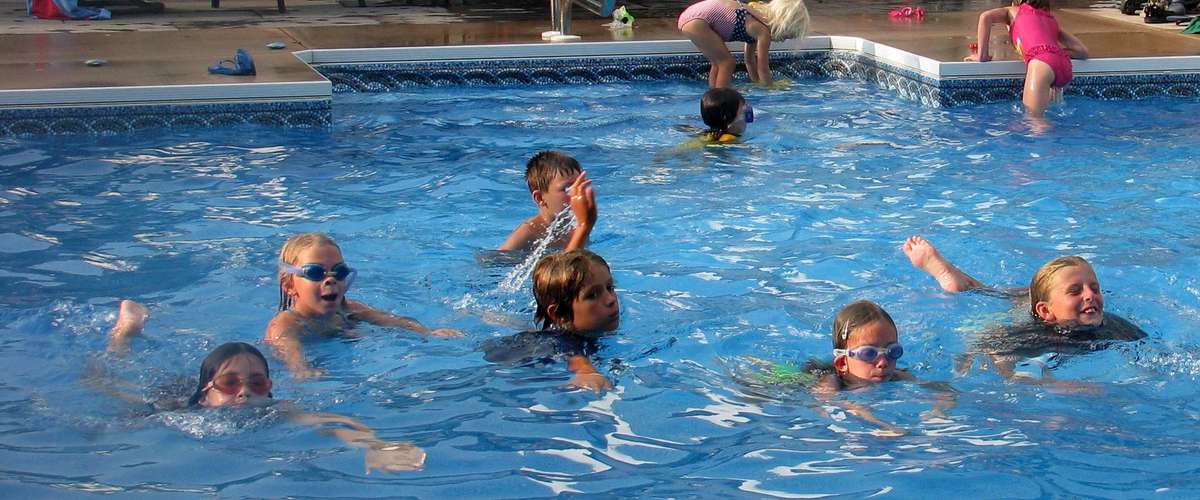












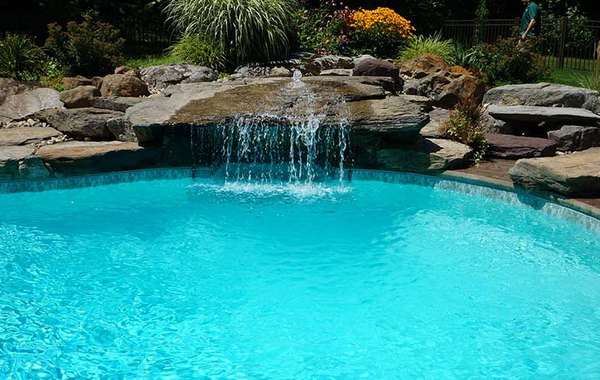
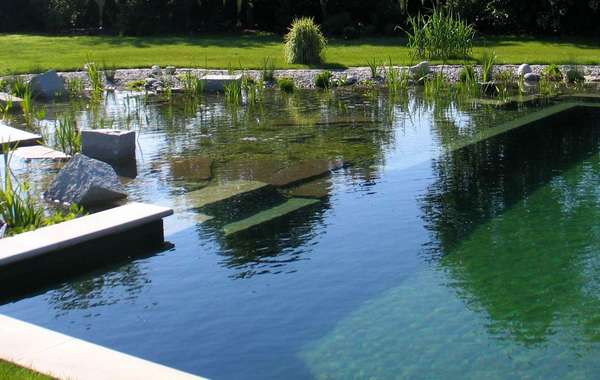
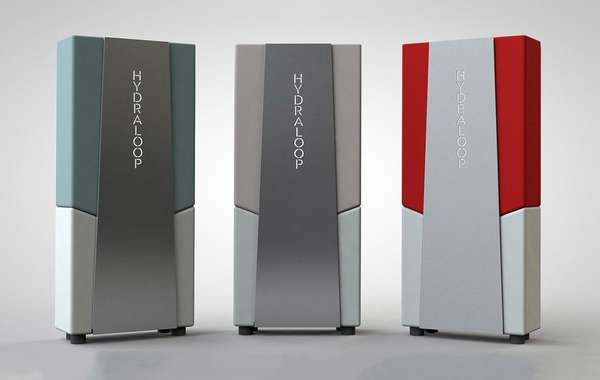
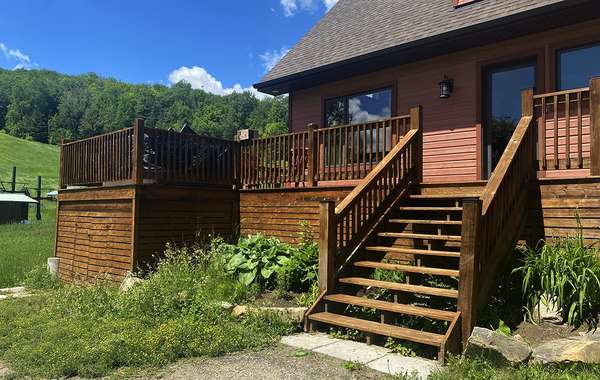

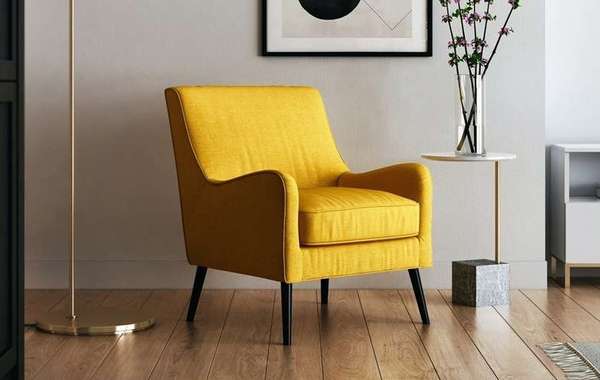
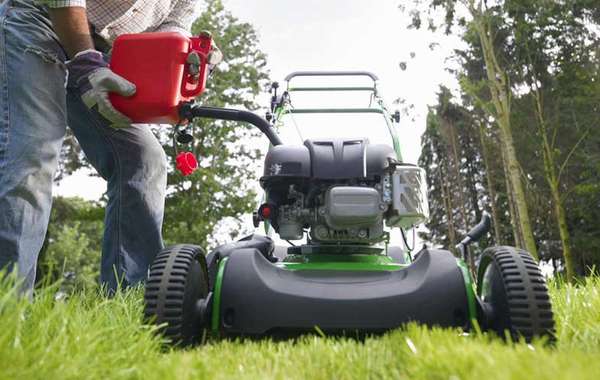
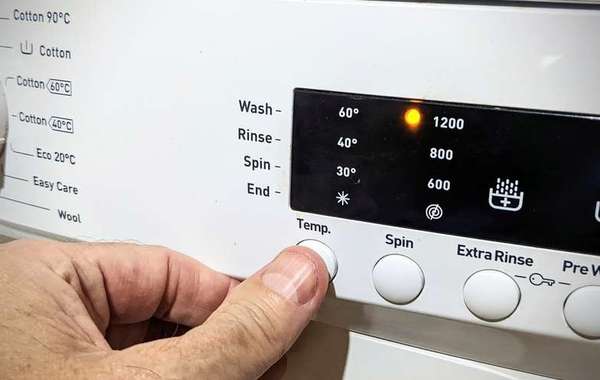
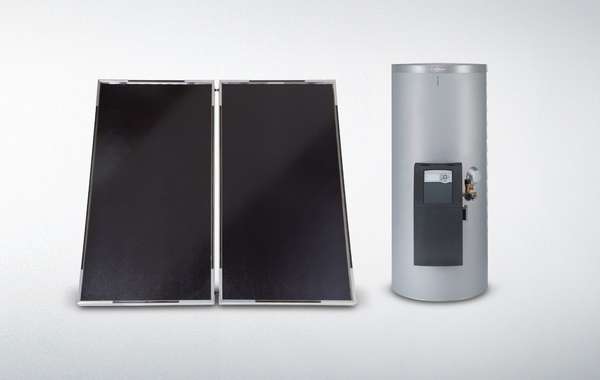
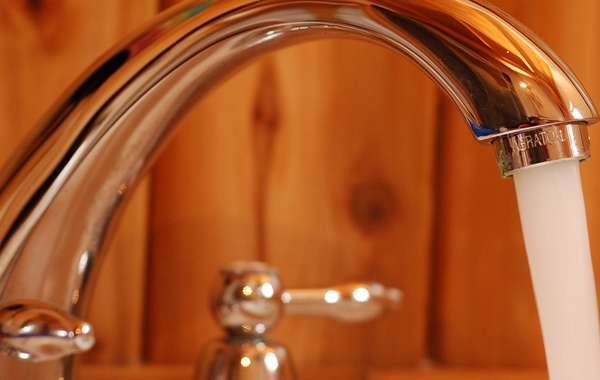

Comments (0)
Sign Up to Comment